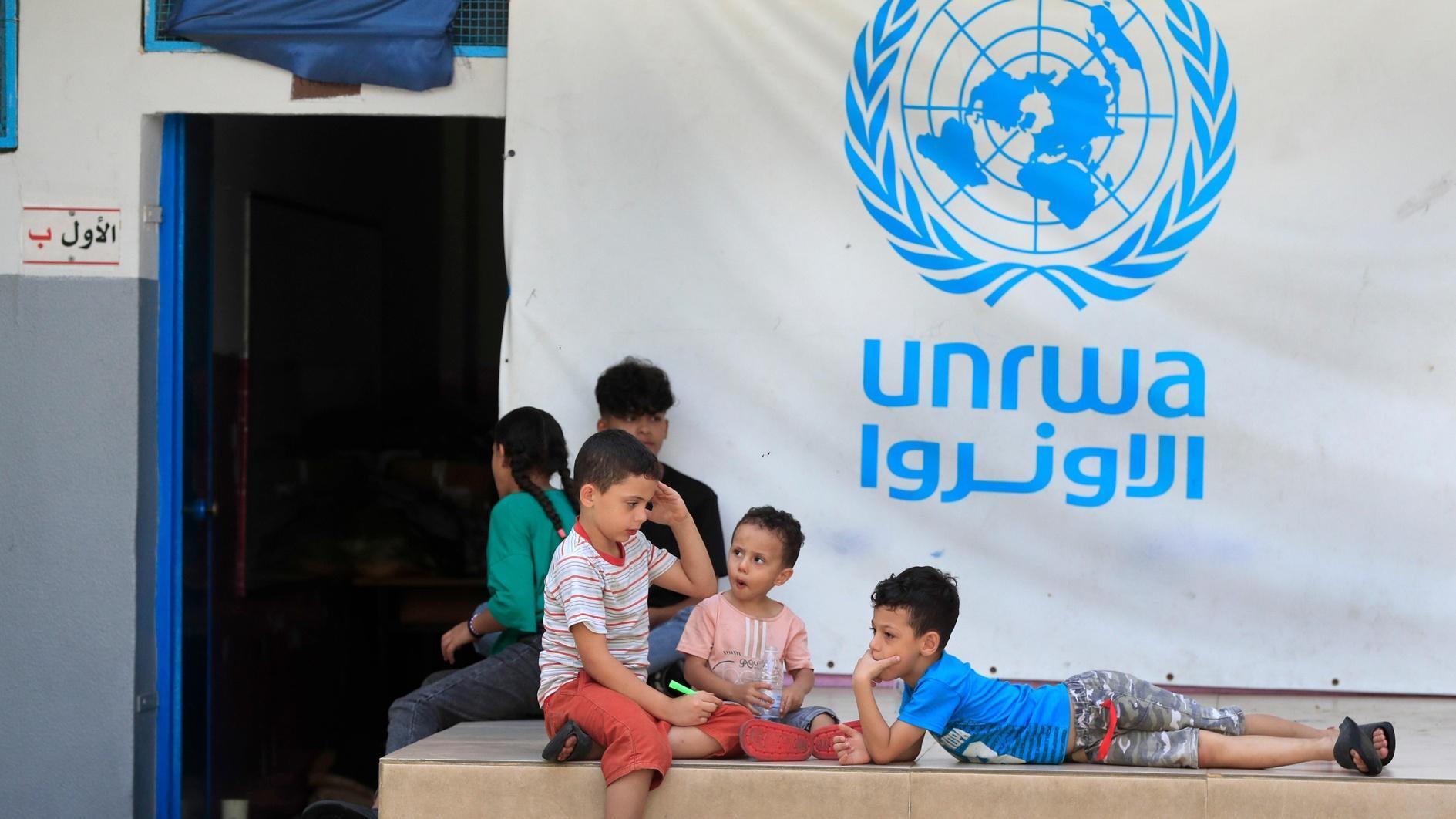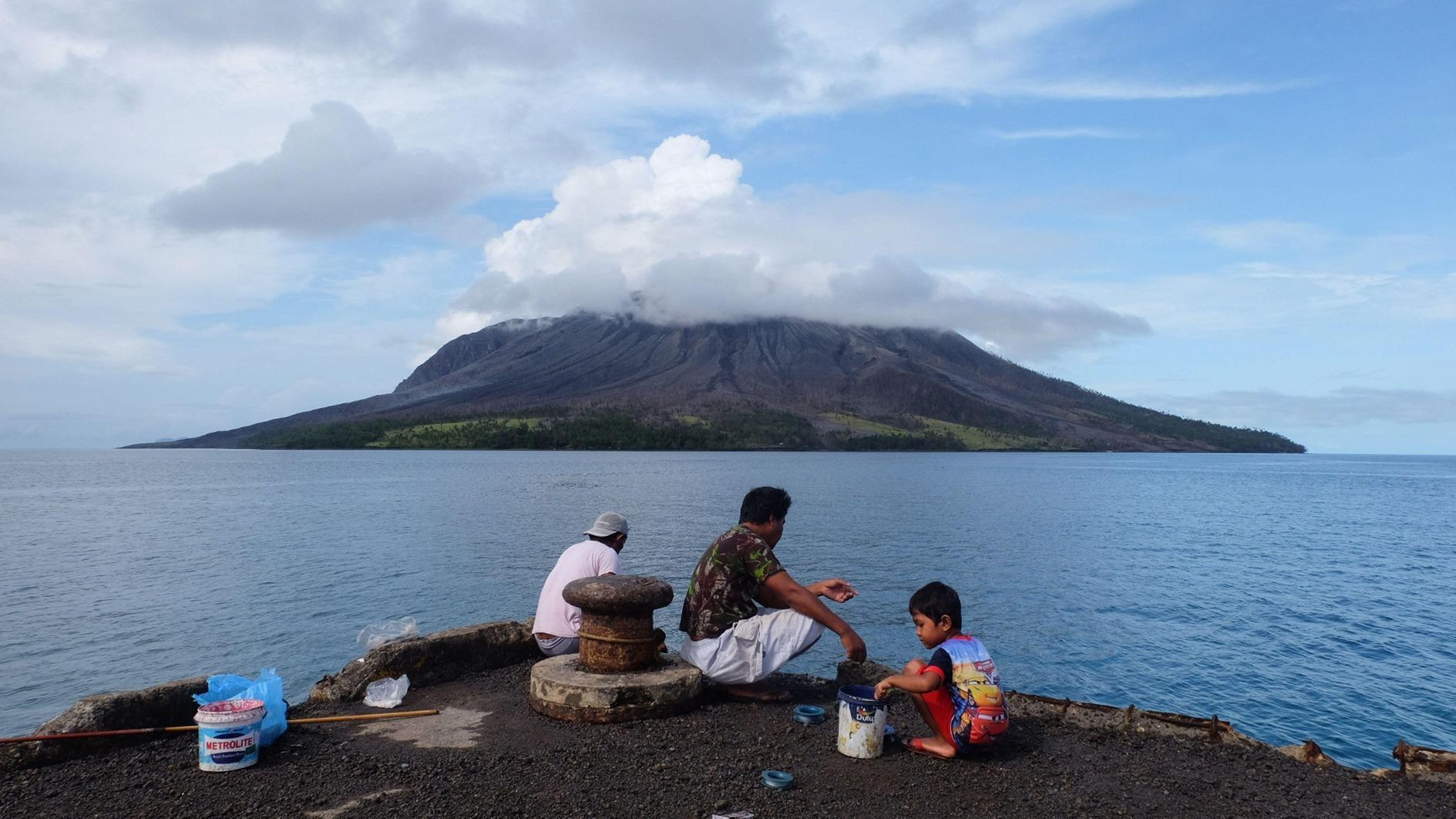Golf tourism in Antalya
Speaking at the 2012 Turkey Tourism Summit, the head of the Turkish Industry and Business Association (TÜSİAD) Ümit Boyner emphasized once again an important aspect in tourism.
There was an increase in the number of tourists visiting Turkey in 2011, however, the number of high-income tourists has dropped, as well as average spending per person. In her speech, Boyner justifiably highlighted that the reason why the typical “high-income” tourist was not coming to Turkey must be well analyzed.
When the high-income tourist is mentioned, it is golf tourism that comes to mind first. We know this very well: The tourist who comes to play golf spends five times more than a normal tourist.
If we take a look at those countries such as France, Italy and Spain that are major competitors for Turkey in the Mediterranean basin, we see that they are far ahead of us. For example, while France has 110 golf courses, Spain has 52, Portugal has 44 and Italy has 40. The number of golf courses in Turkey is only 19.
I had a chance to chat with the founder of “National Golf Club,” Bülent Göktuna, Ph.D. In 1994 he was able to found his course with incentives from the president of the time in the town of Belek’s Kadriye village, in the Mediterranean province of Antalya, where cotton fields used to exist.
Göktuna, who divides his time between London, Istanbul and Antalya is also the owner of the international investment consultancy firm Mineksi. He put the figures in front of me: A normal tourist arriving in Antalya spends 25 to 30 euros daily in winter months including accommodation. However a gold, “high income” tourist’s spending can be as high as 200 euros.
Göktuna said there were 14 golf courses in Antalya. The course at the National Golf Club is considered the most difficult course in Europe, and is also the country’s first international championship course. As a matter of fact, the club hosts one of Europe’s most prestigious tournaments, the Ladies European Tour (from May 10-13 this year).
“126 professional female golfers come to Antalya. We broadcast to 80 countries from here. Some 8 million people watch the tournament,” said Göktuna, who has been organizing the tournament since 2008.
However, his contribution to golf is not limited to this. For a while now he has been training local youngsters between the ages of 7 and 17, from surrounding villages and also from the Antalya Orphanage, as golfers of the “future.”
There are also little girls among students, and I had the opportunity to watch them while they were in training with their coaches. They are all so eager to climb to the top, and I was told these 80 students were also taking English and sports psychology classes at the club.
The 27 year old coach of the young golfers, Bekir Kara, is from the nearby Kadriye village. He was trained at the National Golf Club and is currently a graduate student at Birmingham University, in the U.K.
From a wider point of view, Bülent Göktuna has really brought a “golf miracle” to this corner of Antalya. Antalya, which has for years based its hope on the formula of “sun/sea/sand” and “mass tourism” that generates less revenue, is now heading toward golf and health tourism. “Other golf courses that have seen us feel obliged to raise their standards,” said Göktuna.
Belek was selected Europe’s best golf region in 2008. Turkey seems to have understood the value of the “golfer” who spends five times more than the normal tourist.











